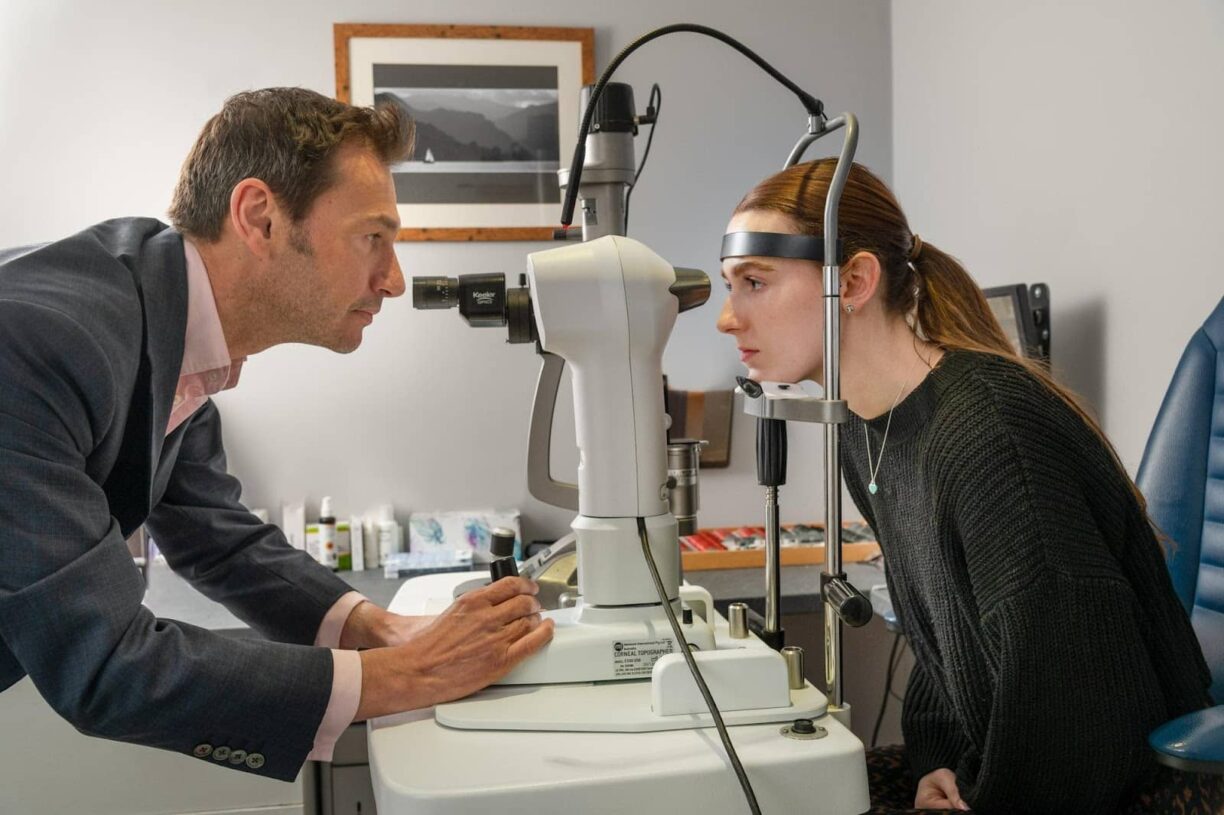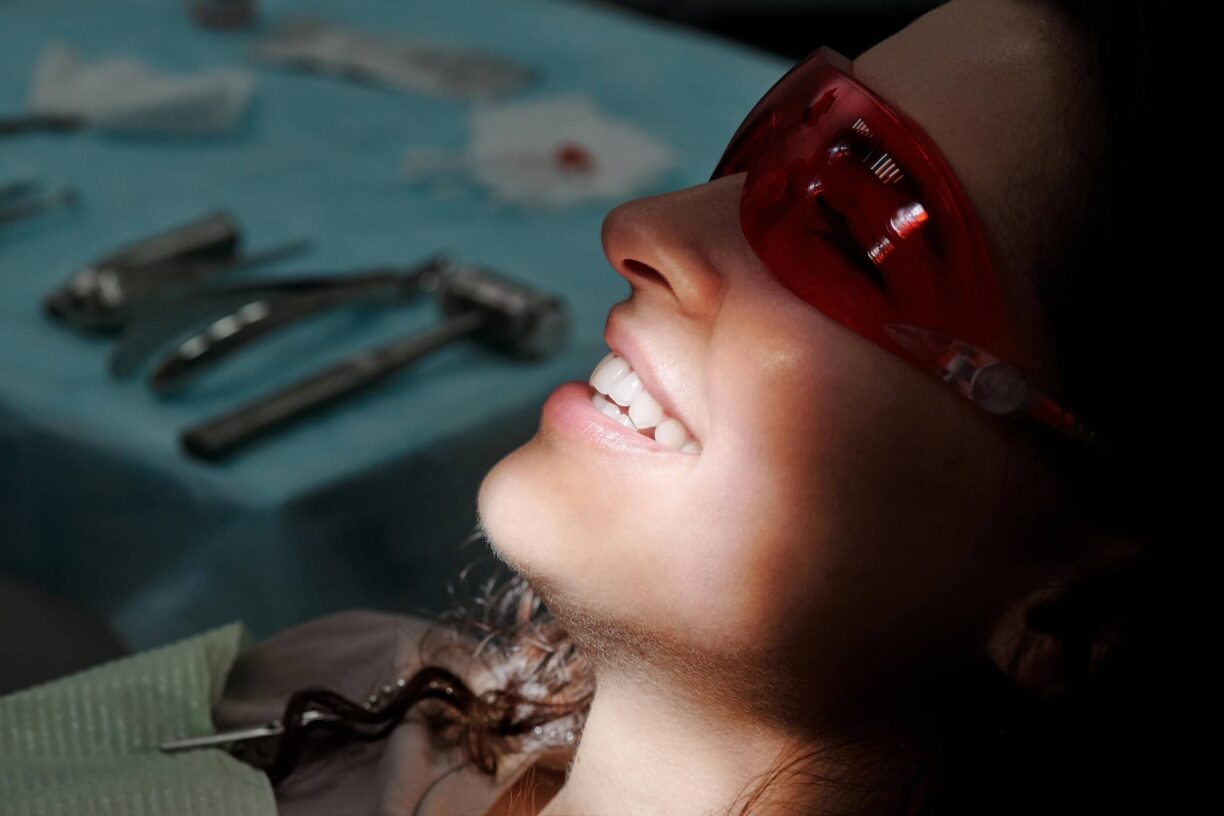Thyroid eye disease is not only visually impairing but also affects appearance. It commonly occurs in people with thyroid problems, especially Graves’ disease. The better we understand how this condition progresses, the more we can do to manage symptoms and improve quality of life.
What is Thyroid Eye Disease?
Thyroid eye disease (TED) or Graves’ ophthalmopathy is an autoimmune disease. It develops when the immune system erroneously attacks the tissues surrounding the eyes, causing irritation, edema, and other eye problems.
It is closely associated with hyperthyroidism but may occur in euthyroid or even hypothyroid patients as well. Understanding the stages of thyroid eye disease is usually the first step towards accurate treatment.
Stages of Thyroid Eye Disease
The two main phases of thyroid eye disease, the active phase and the inactive phase, can help explain the natural progression of the disease.
In the active phase, symptoms appear and can progress over time. This period may range from a few months to two years. Symptoms usually consist of red, swollen, and painful eyes. Others will notice bulging eyes, double vision, or being unable to completely close an upper eyelid.
Once the inflammation is cleared, there is a quiescent phase. While symptoms stabilise, they may not come sans altered states of being. At this point, attention is often given to minimising aftereffects and arranging possible remedial actions if needed.
Identifying Symptoms Early
Identifying symptoms early is key to proper disease management. The first signs may be burning, tearing, and photophobia (sensitivity to light).
Over time, more easily visible alterations (bulging eyes, blindness, and misalignment) can develop as the disease progresses. If you seek medical attention early on in the development of symptoms, you will have a quick intervention.
Diagnosis and Monitoring

The diagnosis is clinical and based on imaging tests. Eye doctors evaluate symptoms, conduct an eye examination, and may suggest blood tests to check for thyroid function. CT or MRI scans show the eye sockets in great detail, helping assess inflammation and changes in tissues.
It should be monitored to assess the progress of the disease. Ophthalmologists may carry out intermittent evaluations to modify treatment as required. This constant evaluation ensures that new developments are treated quickly.
Treatment Approaches
Thyroid eye disease is so complex that it requires all-around management. The first goals are symptom control and damage prevention.
Drugs are important anti-inflammatory agents. Corticosteroids are typically used to reduce swelling and pain. Immunosuppressive drugs may also be indicated in certain cases when an autoimmune response is at play.
For severe symptoms, surgical options may be available. These surgeries are designed to ease pressure on the optic nerve, correct eyelid function, or align the eyelids. Surgery is typically only indicated during the nonactive phase once inflammation has resolved.
Lifestyle Adjustments
Medical conditions can be treated along with some lifestyle changes. Keeping the head raised while sleeping will decrease inflammation all over the eyes.
Artificial tears—These lubricating eye drops help relieve dryness and redness. Sunglasses shield sensitive eyes from glaring light and wind.
Most importantly, cease smoking. It can aggravate symptoms and adversely affect the treatment. Giving up smoking will give better results and a better quality of life.
Empathy and Psycho-Spiritual Help
Thyroid eye disease impacts self-esteem and emotional state. Changes in appearance and vision challenges can cause anxiety or depression. Finding comfort in mental health professionals or support groups can ease the burden of these difficulties.
Moving Forward with Treatment
This is good news as research continues to advance treatment options. New drugs are being developed that target pathways involved in thyroid eye disease. These therapies seek to provide specific and potent methods of intervention with fewer adverse effects.
Biologic agents that can modulate the immune response are in clinical trials. They’re another option for people who don’t always find success using standard treatments.
If hope springs eternal, well, then, continued hope, not quite eternal but at least ongoing hope, springs with implications that could transform thyroid eye disease management as this research and innovation advance any further.
Conclusion
Thyroid eye disease is difficult to navigate, but understanding its trajectory can help people advocate for timely care.Early diagnosis, individualised treatment plans, and supportive measures can improve outcomes.
Coupled with lifestyle adjustments and access to emotional support, this can provide a more effective pathway towards managing this condition.
Further down the line, new research may pave the way for breakthroughs in more effective treatments, providing hope for those who experience this debilitating condition.





